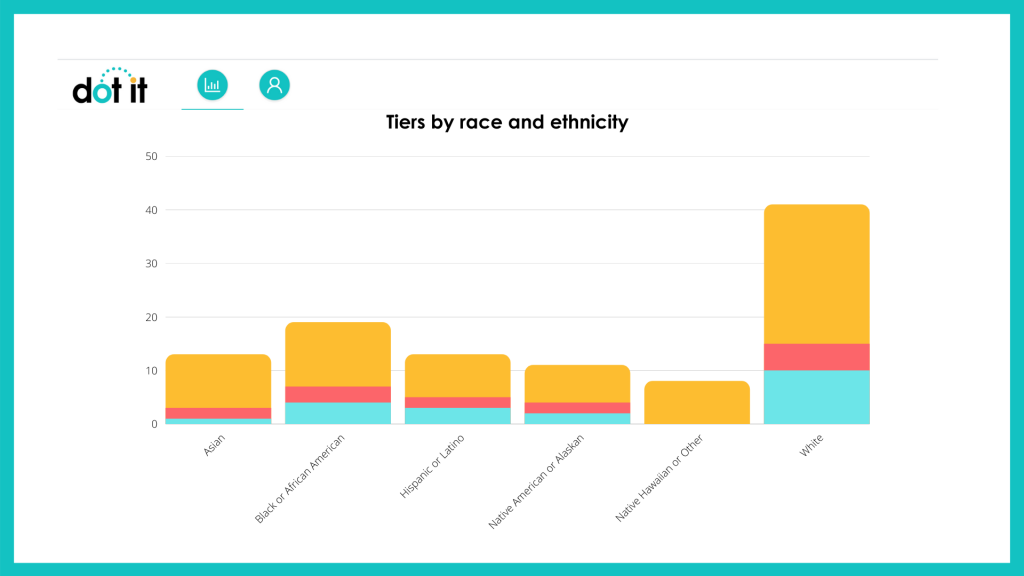“History doesn’t repeat itself but it often rhymes.” -Mark Twain
Speaking of rhyming, I remember the looks from people back in the day when I was a CBM trainer for DIBELS and AimsWeb. It felt like 95% of the room was looking at me like I was asking them to teach on Mars. Furthermore, it took a long time for people to use the tools of NCLB. Now everyone is using them everywhere for almost everything. In fact it is the successes, not the failures, of NCLB that are keeping many of you stuck. It’s that and the uncertainty of what to do instead. With the passing of the Every Student Succeeds Act (ESSA), does your technology match your expectations? Are you still using NCLB tools to solve ESSA problems?
What is the purpose of ESSA?
According to the statement of purpose in ESSA, “The purpose of this title is to provide all children significant opportunity to receive a fair, equitable, and high-quality education and to close educational achievement gaps.”
Under NCLB, schools analyzed the reading process by breaking reading into 5 parts or the 5 Big Ideas. Districts implemented science-based reading research (SBRR) to improve each part. As a result, everyone monitored progress on each part or skill. Therefore, educators gained knowledge about the PROCEDURAL PARTS of the reading process. That was an important step.
With ESSA, the school leaders are learning that it is the CONNECTION between the parts that leads to success. When it comes to academic achievement, the whole is really more than the sum of the parts. For example, this week I worked with a young man who did not know all of his letter sounds. Does that mean he has to learn all the letter sounds before he can read? No. We started with the 5 sounds that he does know and used them to teach decoding, fluent text reading, vocabulary, and comprehension. Next we fold in new letter sounds and connect them from sound to word to text. In this way educators are learning to CONNECT the WHOLE.
NCLB tools and ESSA expectations
Consequently, you cannot teach ESSA expectations with NCLB tools alone. The new expectation of ESSA requires using technology that fits. Consider tools for teachers that:
- allow teachers to choose the content that connects their unique students to the standards
- facilitate the improvement of planning and pedagogy
- generate compliance in plans, schedules, and documentation.
- monitor tasks that are visible evidence of students’ mastery of standards aligned to the state assessment design.
Most importantly, find technology that makes the work of teachers more efficient. Give them technology that reduces paperwork and facilitates classroom management instead of replacing their instruction with video.
Administrators’ needs and ESSA technology
The right technology can support administrators in getting information about tier plans and IEPs for their students according to subgroups quickly.
Under ESSA, there is an emphasis placed on identifying and supporting any particular group of students as well as individuals who are falling behind by creating plans that improve the response to STANDARDS-BASED (not skill-based) instructional tasks. These plans typically are either tier plans or IEPs.
Technology should give administrators:
- easy access to the numbers of students by subgroup that have tier 2 and 3 plans and IEPs.
- let you know what grade levels have what types of plans (ex. Does 3rd grade have more tier 3 plans than 5th grade?)
- provide a deeper look into which content area being selected for standards-based tier plans and IEPs (ex. Are your math benchmarks low, but all your tier plans are for reading?)
With the right technology fit for ESSA thinking, you can provide “fair, equitable, and high-quality education to close educational achievement gaps.”
Here are examples of what Dot It provides for administrators to look at their subgroup information.









